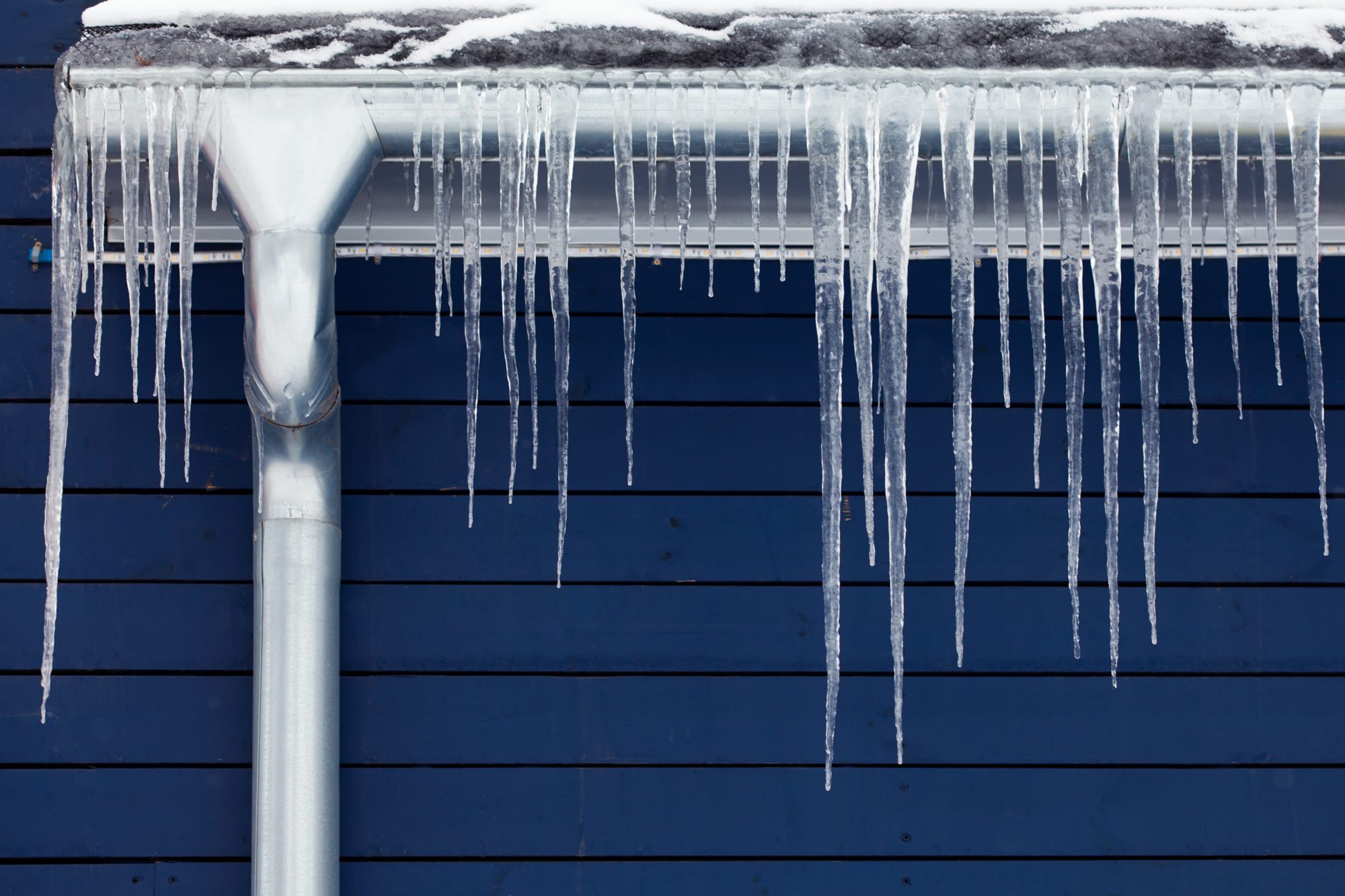Tips to Keep Pipes from Cold Weather Damage: Important Guidance
Tips to Keep Pipes from Cold Weather Damage: Important Guidance
Blog Article
We've come across this great article pertaining to How to prepare your home plumbing for winter weather directly below on the internet and reckoned it made sense to quickly share it with you over here.

Cold weather can damage your pipes, particularly by freezing pipes. Here's just how to prevent it from happening and what to do if it does.
Introduction
As temperatures decline, the danger of icy pipelines increases, possibly causing costly repair work and water damages. Recognizing how to avoid frozen pipes is important for property owners in chilly climates.
Avoidance Tips
Shielding at risk pipelines
Wrap pipelines in insulation sleeves or make use of heat tape to shield them from freezing temperatures. Concentrate on pipes in unheated or outside locations of the home.
Home heating methods
Maintain indoor areas effectively warmed, specifically locations with plumbing. Open up cupboard doors to permit cozy air to circulate around pipelines under sinks.
Just how to identify frozen pipes
Look for reduced water flow from taps, uncommon smells or sounds from pipelines, and visible frost on revealed pipes.
Long-Term Solutions
Architectural adjustments
Take into consideration rerouting pipes far from outside wall surfaces or unheated locations. Include added insulation to attics, cellars, and crawl spaces.
Upgrading insulation
Purchase high-quality insulation for pipes, attics, and walls. Proper insulation aids keep constant temperature levels and lowers the risk of icy pipes.
Safeguarding Exterior Pipes
Yard pipes and outside faucets
Disconnect and drain garden tubes prior to winter months. Set up frost-proof spigots or cover outdoor taps with insulated caps.
Recognizing Frozen Pipelines
What causes pipelines to freeze?
Pipes ice up when exposed to temperature levels below 32 ° F (0 ° C) for expanded periods. As water inside the pipelines freezes, it broadens, putting pressure on the pipe wall surfaces and possibly causing them to rupture.
Threats and damages
Icy pipelines can result in water disruptions, residential or commercial property damage, and costly repair services. Ruptured pipelines can flooding homes and create extensive structural damage.
Signs of Frozen Pipeline
Identifying frozen pipes early can stop them from breaking.
What to Do If Your Pipes Freeze
Immediate actions to take
If you think frozen pipelines, maintain taps available to soothe stress as the ice thaws. Utilize a hairdryer or towels soaked in hot water to thaw pipes slowly.
Final thought
Stopping icy pipelines needs aggressive actions and quick actions. By recognizing the causes, signs, and preventive measures, property owners can secure their plumbing throughout winter.
6 Proven Ways to Prevent Frozen Pipes and Protect Your Home
Disconnect and Drain Garden Hoses
Before winter arrives, start by disconnecting your garden hoses and draining any remaining water. Close the shut-off valves that supply outdoor hose bibs and leave the outdoor faucet open to allow any residual water to drain. For extra protection, consider using faucet covers throughout the colder months. It’s also important to drain water from any sprinkler supply lines following the manufacturer’s directions.
Insulate Exposed Pipes
Insulating your pipes is an effective way to prevent freezing. Pipe insulation is readily available at home improvement stores and is relatively inexpensive. Pay close attention to pipes in unheated areas such as the attic, basement, crawl spaces, or garage. Apply foam insulation generously to create a buffer against the cold. You can also wrap your pipes in heat tape or thermostat-controlled heat cables for added warmth.
Seal Air Leaks
Inspect your home for any cracks or openings that could let in cold air. Seal any holes around the piping in interior or exterior walls, as well as the sill plates where your home rests on its foundation. Additionally, make sure to keep your garage door closed unless you’re entering or exiting. Leaving it open creates a significant air leak that can lead to frozen pipes.
Allow Warm Air Circulation
During cold snaps, it’s essential to allow warm air to circulate evenly throughout your home. Leave interior doors ajar to promote better airflow. Open kitchen and bathroom cabinets to help distribute heat consistently around the rooms. If you have small children or pets, be sure to remove any household chemicals or potentially harmful cleaners from open cabinets for safety.
Let Faucets Drip
A small trickle of water can make a big difference in preventing ice formation inside your pipes. When temperatures drop significantly, start a drip of water from all faucets served by exposed pipes. This continuous flow helps prevent the water from freezing. Additionally, running a few faucets slightly can relieve pressure inside the pipes, reducing the chances of a rupture if the water inside does freeze.
https://choateshvac.com/6-proven-ways-to-prevent-frozen-pipes-and-protect-your-home/

I hope you liked our article on Winter Plumbing Precautions: Preventing Frozen Pipes. Thanks a ton for taking the time to browse our article. If you enjoyed reading our blog posting if you please don't forget to pass it around. We enjoy reading our article about Winter Plumbing Precautions: Preventing Frozen Pipes.
Schedule Report this page